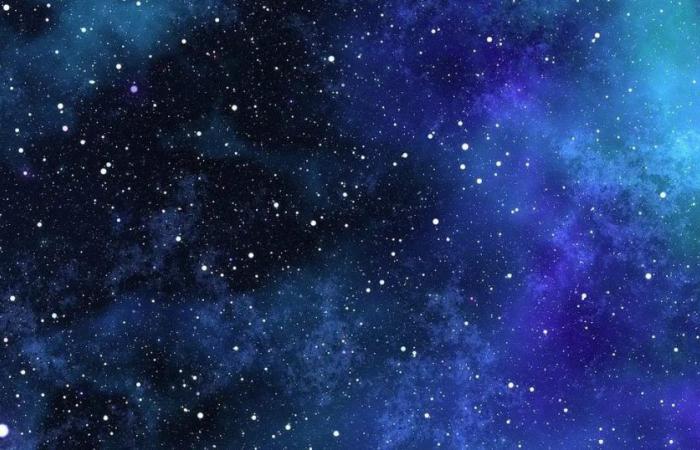
The Impartial / Technology / POT
The National Aeronautics and Space Administration (NASA) has among its recent projects to send an artificial star into the night sky to investigate exoplanets and other celestial bodies.
Scientists will send an artificial star into the night sky to investigate exoplanets l Photo: Pixabay
By GH Editorial
June 19, 2024
The National Aeronautics and Space Administration (NASA) has among its recent projects send an artificial star into the night sky to investigate exoplanets and other celestial bodies.
The project will be part of the Landolt mission, scheduled for 2029, and will be under the direction of Peter Plavchanassociate professor at George Mason University in Virginia, United States.
According to Wired magazine, the Landolt project team will install a light source far enough away in the sky to make it look like a star. Its brightness, distance and behavioral patterns will be fully known to astronomers on Earth. With the artificial star in place, scientists will have a constant reference point in the sky to calibrate their instruments and carry out more precise research on celestial bodies.
The artificial “star” is actually a satellite that will be equipped with eight lasers, It will orbit the Earth at a distance of 35,785 kilometers, enough to mimic the characteristics of a genuine star. This new project will also make it possible to compare the brightness of the artificial star with the brightness of real stars.
While the artificial star will not be bright enough to see with the naked eye, it will be visible only through a personal telescope.
Scientists will make ground-based observations of the “star” from telescopes at several locations, including the University of Hawaii, and as the main center, George Mason University in the state of Virginia.
Since the satellite has a known photon emission rate, scientists will be able to compare the brightness of lasers with the brightness of stars, developing more precise measurements of brightness and new catalogs of stellar brightness.
Lastly, the results of the project They can be applied to understand the evolution of stars and the composition of exoplanets, planets that could potentially harbor life. More precise measurements could also lead to a better understanding of dark energy and the expansion rate of the universe.





